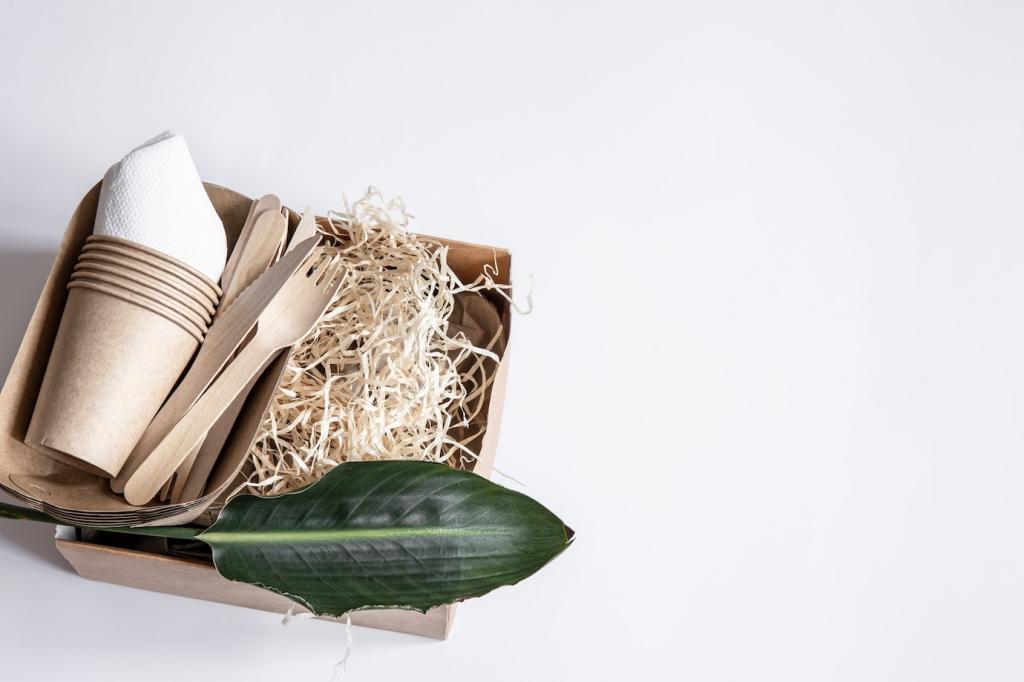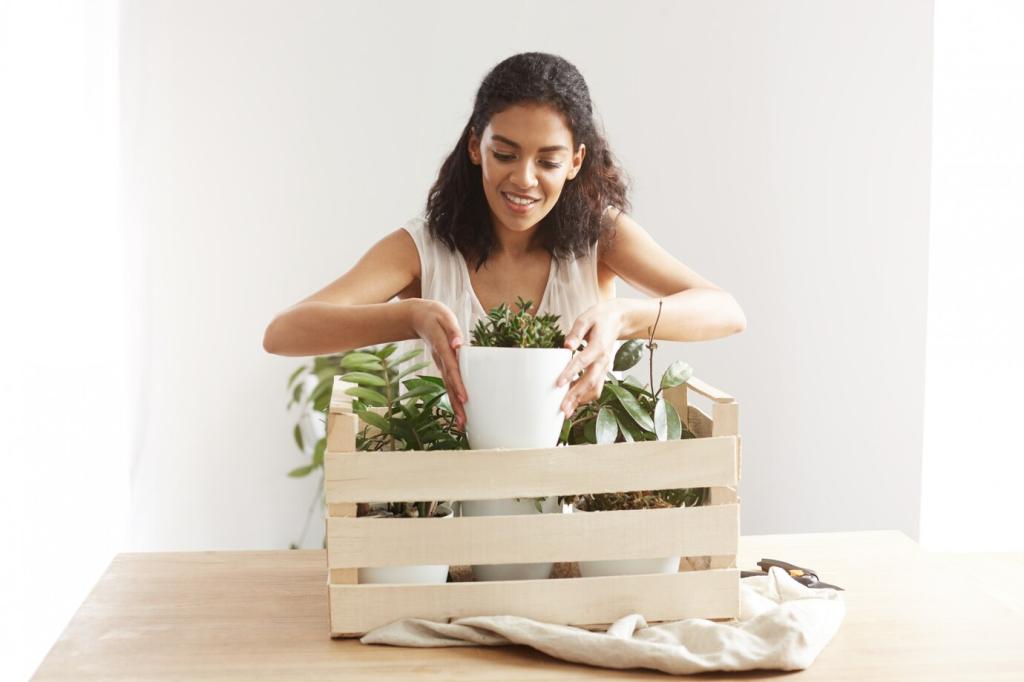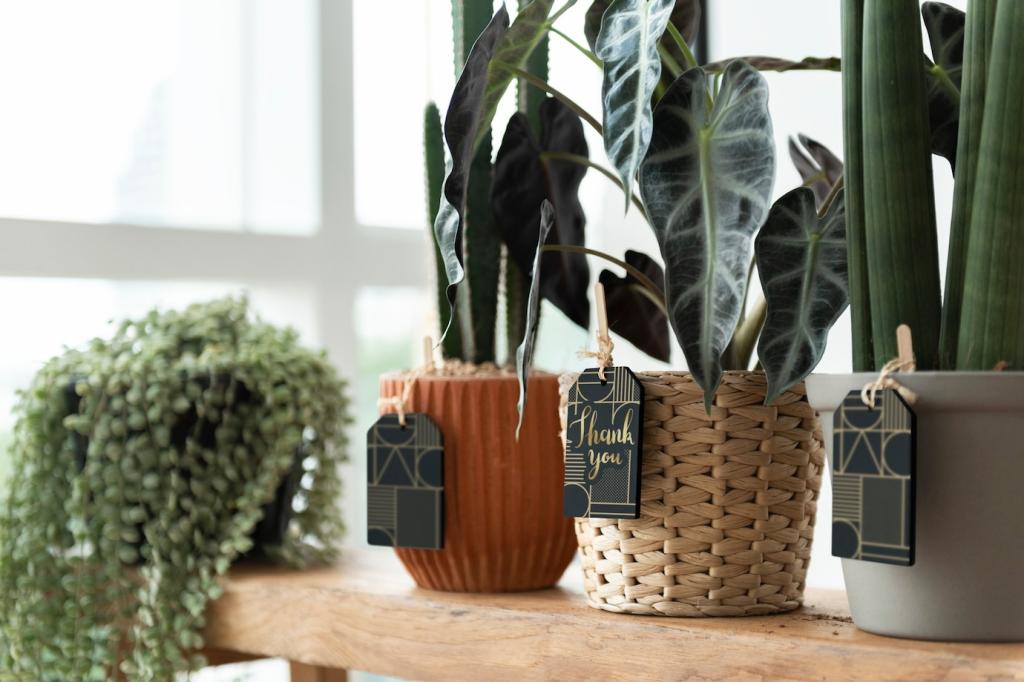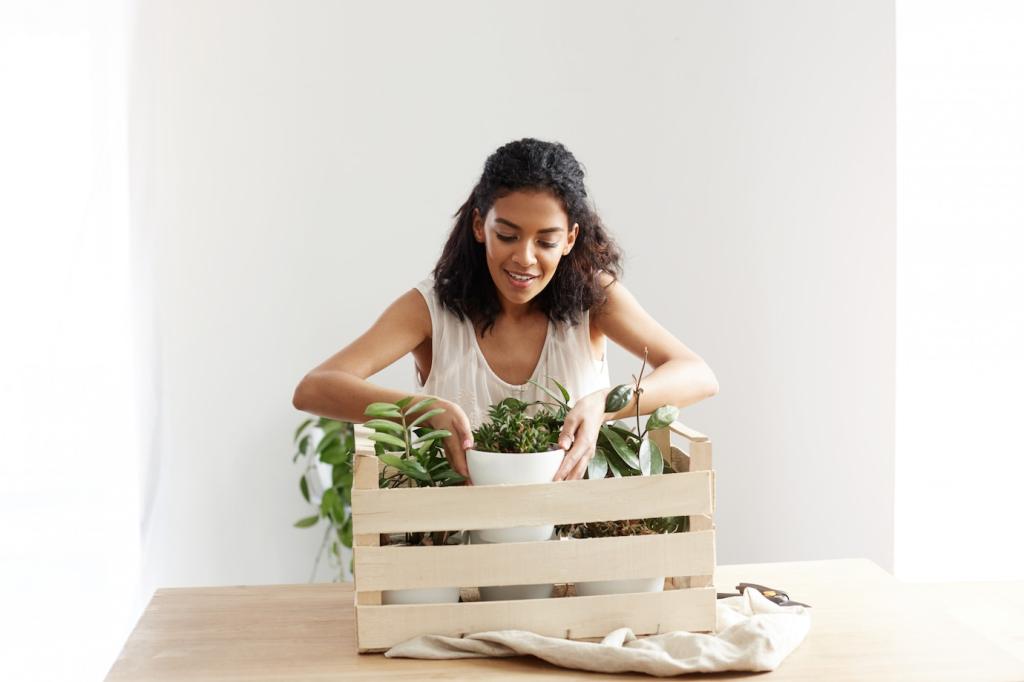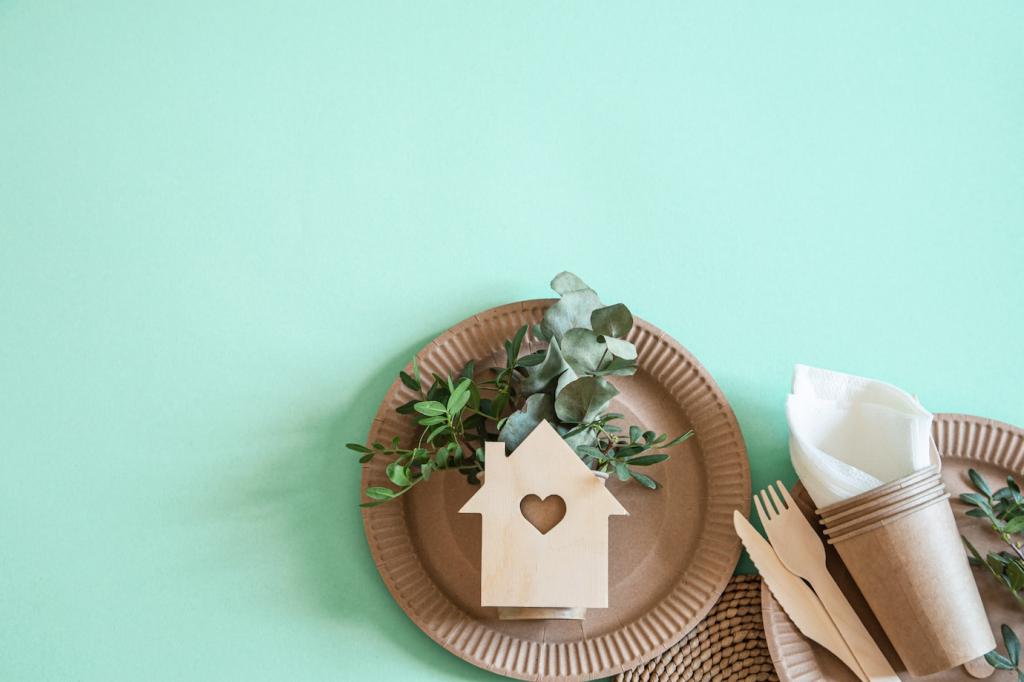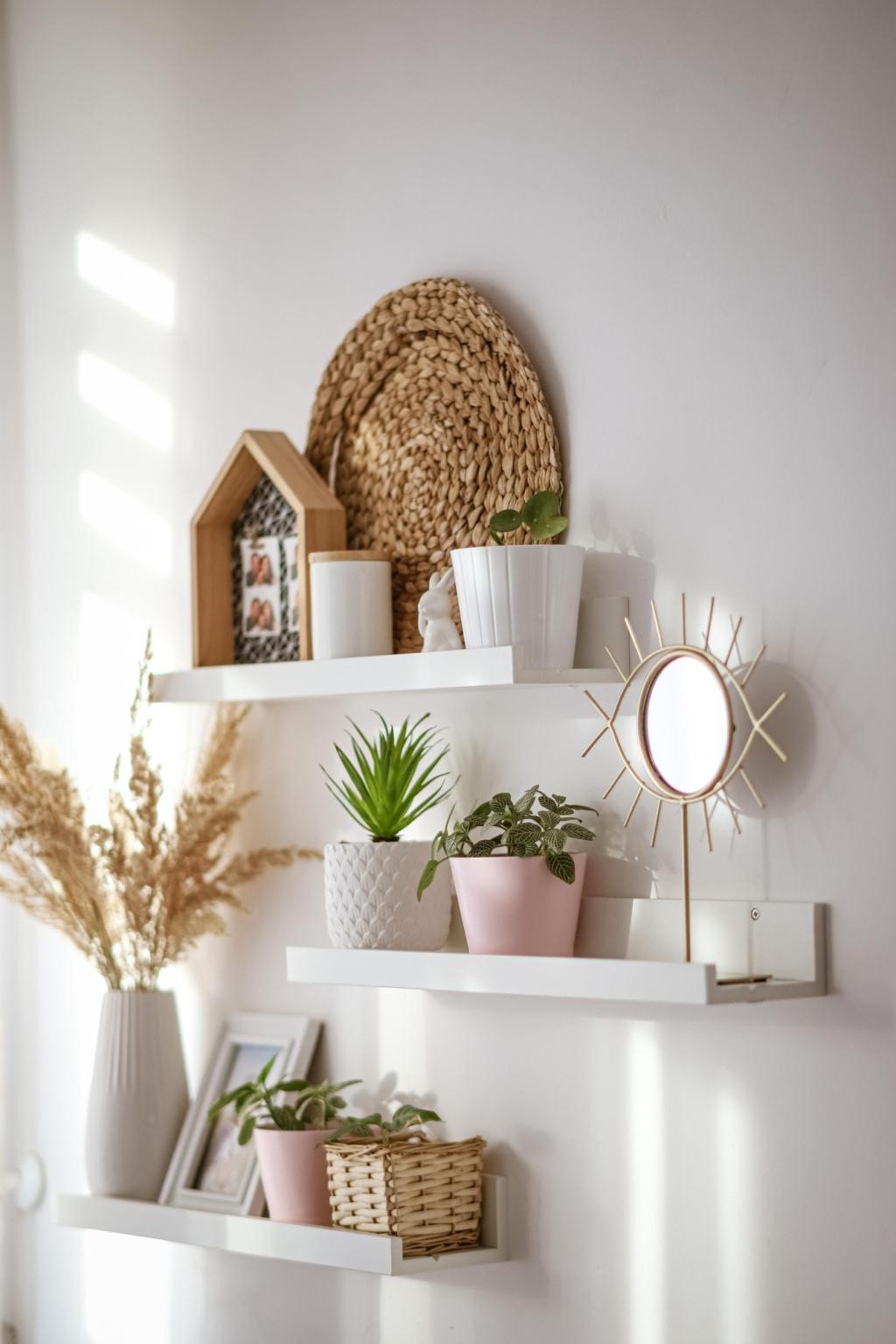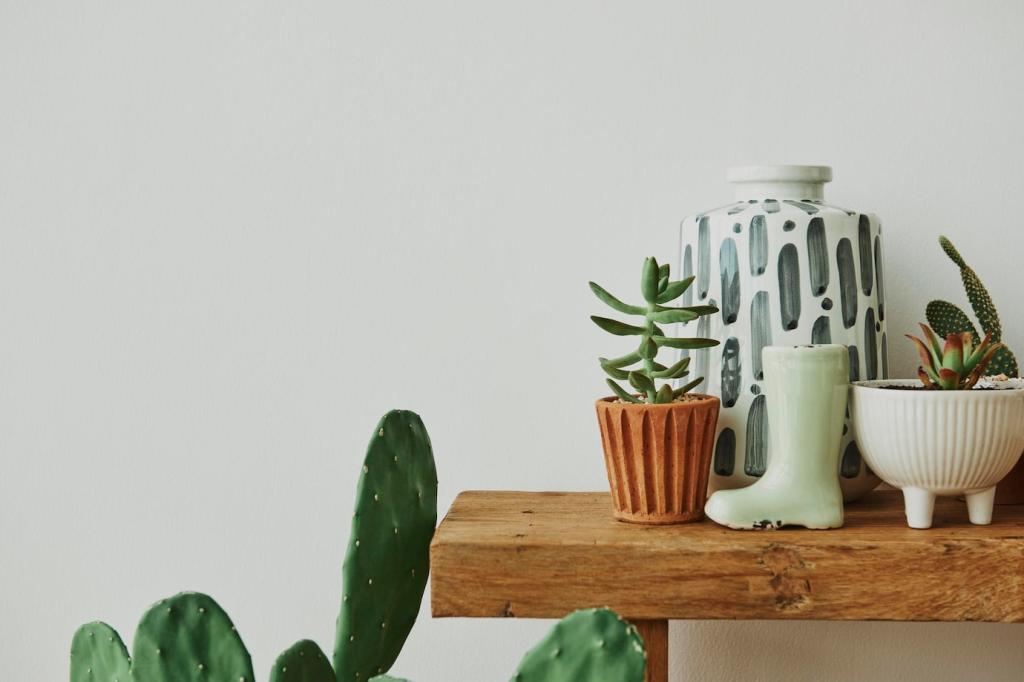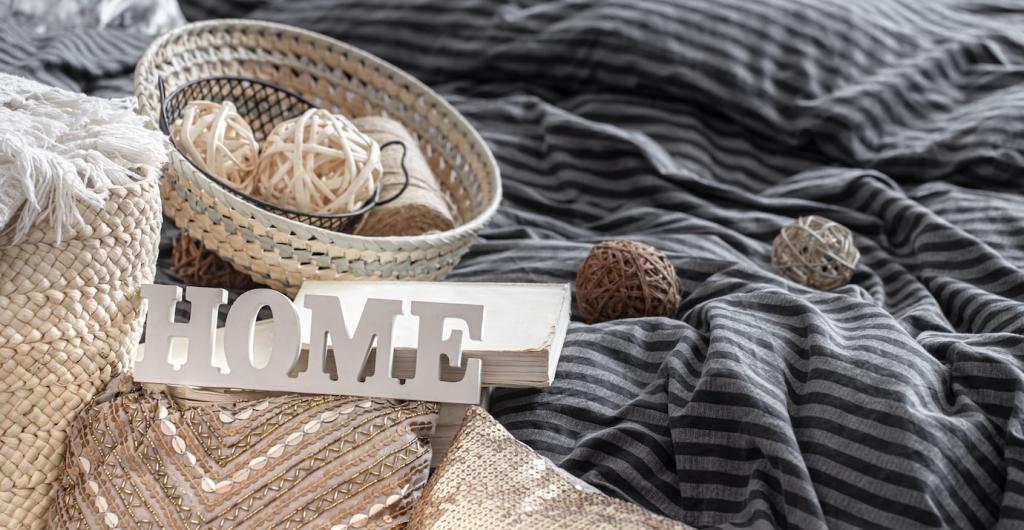Why Sustainable Materials Matter
Go beyond carbon footprints and consider your handprint—the positive change your material choices create. Selecting responsibly sourced finishes and furnishings amplifies community resilience, lowers waste, and turns your home into an everyday act of stewardship.
Why Sustainable Materials Matter
Assess materials across their full life cycle: sourcing, manufacturing, transport, use, maintenance, and end-of-life. This wider lens reveals hidden costs and helps prioritize durability, repairability, and recyclability over short-lived trends and disposable decor.

